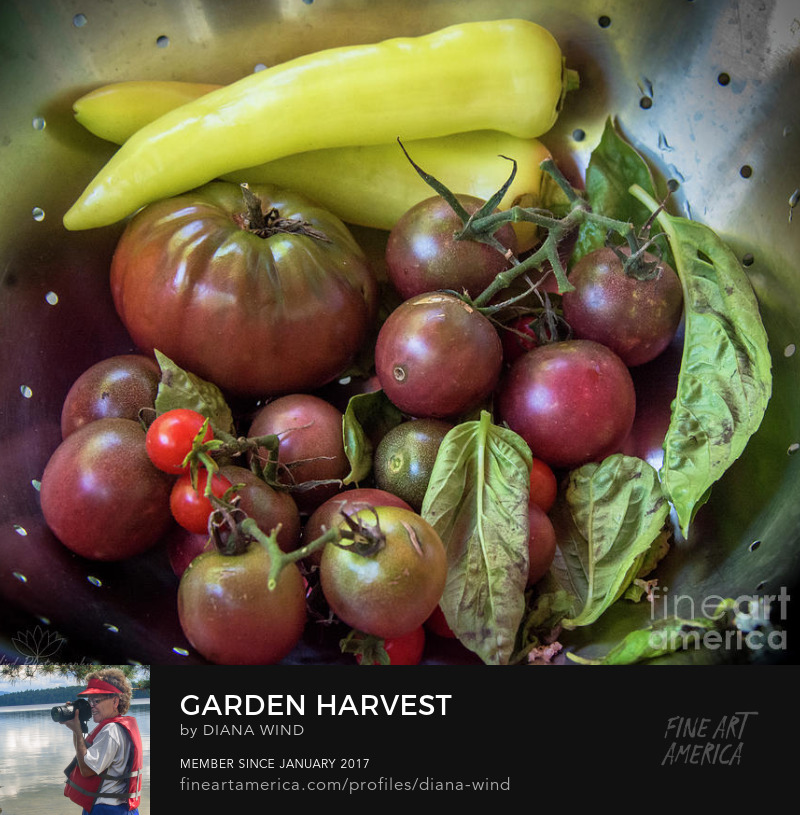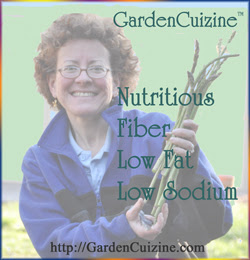Whole grain
Sicilian Easter Bread Recipe
Sicilian Easter bread is a tradition on our Easter menu. This recipe has evolved over the years and features nutritious 100% whole grain wheat. Italian Easter recipes feature wheat in the Spring as an ode for a successful garden harvest. My mama's recollection of Easter egg braided breads from her childhood inspired me to create the recipe.
The versatile dough without the candied fruit makes delicious whole grain dinner rolls or whole grain breakfast cinnamon-raisin snails.
Fruits * Seeds * Nuts
Forming the loaf
 Yields: 2 large braided loaves
Yields: 2 large braided loavesLeftover bread can be frozen and the eggs stored in the fridge to eat for lunch. An extra loaf makes a welcomed gift.
Ingredients
10 eggs (6 to put in the braids "uncooked", they will cook in the oven; and 4 eggs for the recipe)
1 Tablespoon (14g) instant yeast
1/2 cup warm water
1 teaspoon (6g) sugar
1 cup lowfat milk (1% or 2%)
1 stick (114g) unsalted butter
1/2 cup (100g) sugar
7 cups (900g) King Arthur's unbleached white whole wheat flour (or 3 cups white whole wheat and 4 cups unbleached all-purpose flour)
3 whole eggs and 1 yolk (reserve 1 white for egg wash)
1 teaspoon anise seeds
1 teaspoon grated lemon zest
1 teaspoon (6g) salt
1/4 cup (42g) candied orange rind
small amount of semolina flour for baking sheets
egg wash: whisk together 1 egg white and one teaspoon water
This can be done the night before: dye 6 eggs. Beets, spinach and turmeric make great veggie-based egg dyes. Easter egg dye kits are less expensive and readily available. Plain white or farm fresh brown eggs can be used as is if you prefer a natural color.
STEP 2
Warm up your mixing bowl by pouring in hot tap water and dumping it out. Add 1/2 cup warm water; sprinkle the yeast over top. Gently whisk in 1 tsp. sugar. Set aside undisturbed for 10-20 minutes. Active yeast should begin to bubble, smell yeasty and begin to rise a little.
STEP 3
In a small pot, combine the milk, butter and sugar. Heat to melt the butter and scald the milk; remove from heat immediately. Set aside and allow to cool to room temperature.
STEP 4
When the milk is cool: (reserve 1 cup of the flour) start to mix in 6 cups flour to the mixing bowl on top of the rising yeast. Adding 3 eggs and 1 yolk and the cool milk mixture.
STEP 5
Knead using a dough hook. After 5 minutes sprinkle in the salt. Sprinkle in the last of the reserved flour one tablespoon at a time - you may or may not use it all. Keep kneading until well blended and the dough begins to pull away from the sides of the bowl. Then mix in the orange rind and any fruits.
Scrape the kneaded dough into a large bowl that has been lightly rubbed with olive oil. Cover with a damp cloth and let rise in a warm place.
STEP 6
After the dough has risen for at least an hour remove from the bowl onto a floured cutting board. Using your hands flatten out any air and shape dough into a rectangle. Cut in half using a bench scraper. Then divide each half into 3 even pieces. I used to cut a small piece from each one to make crosses over each egg, but decided I didn't care for it as much and don't do it any more. The thinner dough pieces tended to get too brown over top of the eggs.
STEP 7
Keep half of the dough covered so it does not dry out while you are working on the first 3 pieces. On a lightly floured cutting board or clean counter top, roll out each piece of dough into long strands at least 21 inches or longer.
Dough does not like to be overworked. I usually roll one piece for a little to stretch it out, then set it aside and work on the second piece. Then I set that one aside and work on rolling the 3rd piece. Then I repeat the process until each strand gets to the desired length.
STEP 8
Moisten your fingers with water and pinch the 3 strands tight at the top; make a braid with the dough. Curve the dough into a wreath round shape or leave it as is to make a loaf. If it is a wreath shape, pinch the ends together to join them. I usually place an egg in that area to cover up the connection. Gently press in 3 total uncooked eggs into the loaf. Be careful not to crack the eggs by pressing them into the dough too hard, remember they are not cooked yet!
STEP 9
Carefully move your work of art to a baking sheet that has been sprinkled lightly with semolina flour.
STEP 10
Repeat the entire process for the second loaf. Cover each loaf and allow to rise a second time. When ready, egg wash (don't egg wash the eggs or the color will run into the bread!). Bake in preheated 350° F oven for 20 minutes then to avoid an egg from exploding, reduce the temperature to 325° F and bake until golden and tests done (20 minutes or so). Baking times vary depending on the size of your loaves.
Buona Pasqua!
Dye Easter Eggs in Nature's Hues
Making Colored Eggs with Natural Ingredients
Blog post and photos Copyright (C) 2013 Wind. All rights reserved. Revised 3/28/16
































No comments:
Post a Comment